Sweden may be Europe’s best kept secret although this country seriously deserves our time. Hidden behind the dramatic shadows of its sibling rival Norway, Sweden neither begs nor demands our attention. Instead it sits quietly, assertively and comfortably in its own skin and happily follows its own drum. When you visit though, make no mistake, this country will embrace you emphatically. With a warmth that will set you aglow whatever the weather, Sweden will feel like home within two footsteps and be a firm favourite in your heart forever.
We had 34 delicious days touring Sweden, determined to feel its soul before we hit the visual explosion of Norway. Our Summer in Scandinavia road-trip has been, without doubt, a highlight of our full-time travels.
Whilst we respect other people’s travel perspectives, we have been surprised and delighted by Sweden’s captivating appeal and found it neither boring nor uninspiring, as we had been led to believe. I’m sure that Norway’s geological masterpiece will blow our tiny minds in two, although there is nothing that will dislodge my feelings about Sweden. With her soft exuberance, gentle curves, charming natural energy and effortless elegance, Sweden’s landscape and profound culture will hold firm in my photo-album of memories.
And with our diverse experiences in this Nordic pleasure-zone, we wanted to share our Top Tips for getting the most out of this awesome destination. For a closer look at our route and highlights check out our Interactive Map here.
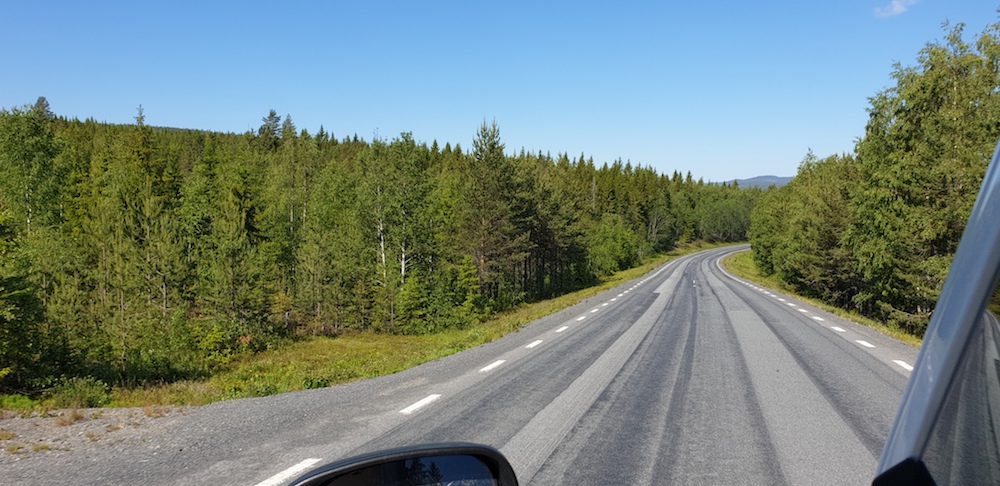
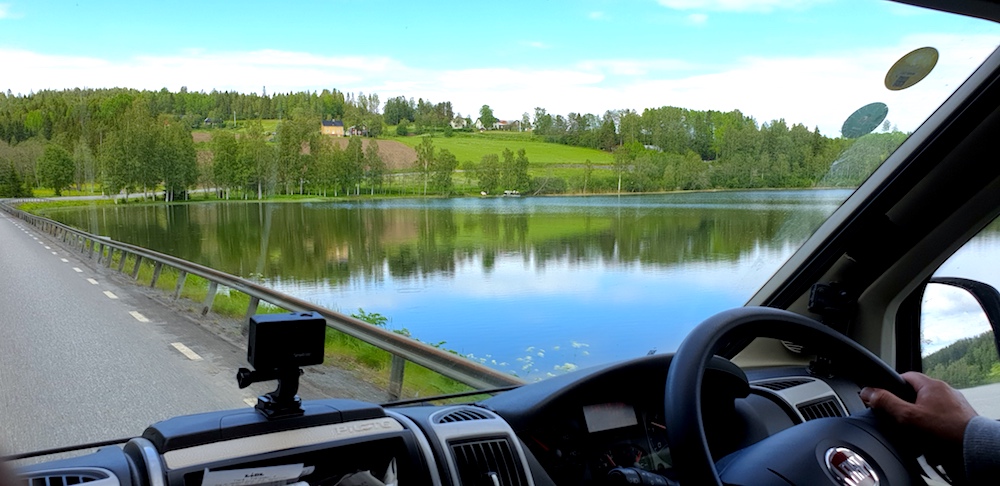
1. Getting There
Arriving into Sweden is not as difficult as the map might suggest, despite its northern position. Depending on which direction you are coming from, entry is not only straightforward, it is also rich in options. With your camper you have two options for your arrival;
1. By Ferry. Ferries are plentiful in this Nordic land. You can travel from:
- Estonia, Latvia and Lithuania
- Poland
- Denmark
- Germany
- Russia
- Norway and Finland
- Via Finland you can cross the border at Haparanda on the E8.
- Via Norway; from the north, the E10 entry into Abisko is an outstanding route or on E6 in the south, crossing at Seläter.
- Via Denmark crossing the Storebælt and Øresund Bridge (which are chargeable.)
If you are coming from UK, then head from Calais across northern Netherlands and Germany. We recommend crossing the Elbe river at Wischhafen on the ferry, rather than getting caught up in Hamburg. For €20 (for a 7.5m van) you are across the water in 30 mins. Check out our footage of this easy route to Denmark here.
This is our route into Denmark, which had a couple of diversions to explore Netherlands and see friends, although you will get a flavour of the direction you too could take.

2. Driving
Sweden has, on the whole an excellent road network. In the south particularly, driving is effortless and noise free. Of course the summer holidays will undoubtedly bring more traffic, although during our road-trip, Stockholm was the busiest place we encountered. Otherwise we could drive for hours and only see a handful of vehicles. Here are some additional driving tips we can offer.
All of Sweden’s roads have regular pull-ins or parking areas where you can park up for the night. Many of them have dry toilets and offer opportunities to fill up with water too. Along the motorway network, there are regular places you can stop, many of which have latrines for emptying your black waste. Here’s a map of the main motorway rest areas. And these are safe to park up areas unlike those in France.
As you head north into Lapland, the roads in summer become unpredictable as it is when they carry out their winter repairs. So take this into account when planning your travel. Often you will come across road works for up to 12 miles (20km) and the tarmac will just disappear, replaced by gravel and potholes and seemingly no-one working on them. This will reduce your speed significantly and could add up to 1 hour to your travel time. So be prepared for this.
When you see a sign for a motorway on the map, just bear in mind that this is not a motorway on the same scale as its European cousins. Often it is just a single carriageway route, especially in the north.
There are no motorway tolls in Sweden. Although they do have two City Congestion Charges and two chargeable bridges that require payment via Vehicle Registration Recognition. In both Stockholm and Gothenburg, if you travel through the city during the week, there is a charge depending on the time of day and your vehicle. Although weekends and public holidays are free. Although these roads can generally be avoided by taking the ring roads. The Motala and Sundsvall Bridges both have charges to help pay for their construction and upkeep, although again they can be avoided. Otherwise all roads are free to travel. For more info on the charges, check here.
Some of the roads in Lapland are more narrow than those in the south. Whilst not impassable with two vehicles, it is worth just being mindful when a lorry or another motorhome passes.
There are plentiful speed cameras everywhere in the south. Whilst they always warn you of their presence, because there are so many of them, it’s easy to take your eye off the ball and miss one. So do watch your speed. Once you head into the central backbone of Sweden from the High Coast, the cameras strangely disappear.
There were no height restrictions or roads that were off-limits. We never once had to turn round because the road was impassable for a 7.5m van.
As you head north into the wilderness, watch out for the roaming wildlife. Whilst you are more likely to see reindeer than moose, either could be encountered on your route. Advice we got from the locals; if a moose crosses your path, do not swerve. Slow down and go behind them as they never retreat. When it comes to Rudloph’s mates, then they have a more skittish feel about them. They truly wander; from one side of the road to another. There is nothing predictable about them at all. So go at their speed and allow them to find their own course across the carriageway into the forest.
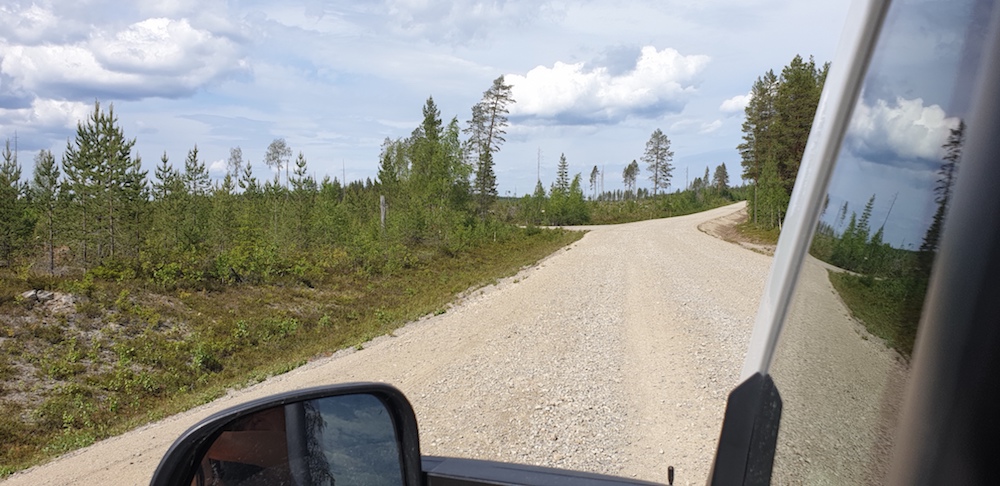


3. All things Money and Shopping
Despite being in Europe, Sweden has its own currency – Swedish Krone, SEK. We used XE.com to get a handle on the exchange rates.
Sweden is generally a cash-less society, so don’t load up with too much of the paper stuff. Just your pre-loaded cards will do fine. Even for small amounts, cards are generally used. The only exception was an Aire we stayed at.
Shopping in Sweden is more expensive than some of its European cousins further south, although is on a par with UK, on many levels. Petrol Stations are about the same and food is more like an upmarket supermarket price bracket, like say Waitrose.
In terms of supermarkets, you have plenty of options; Lidl, ICA, Hemköp, Willy’s and Stora Coop. We particularly liked Coop for its range of food and layout and ICA was pretty good if not a bit more expensive. It’s worth noting that Lidl, whilst is prevalent in the south, starts to thin out as you head north. The last one in the central north region is Östersund and Skelleftea on the Baltic Coast. Once in Lapland then you will rely on ICA and Coop mostly.
Alcohol is more expensive than many countries in Europe, although again similar to UK prices. Whilst you can buy low alcohol beers in supermarkets, stronger stuff is only available in Government run stores such as Systembolaget.
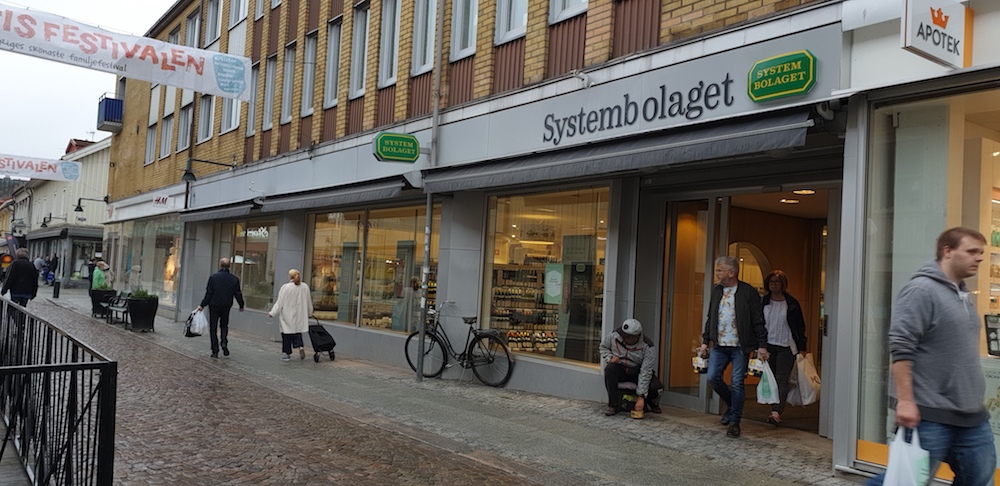
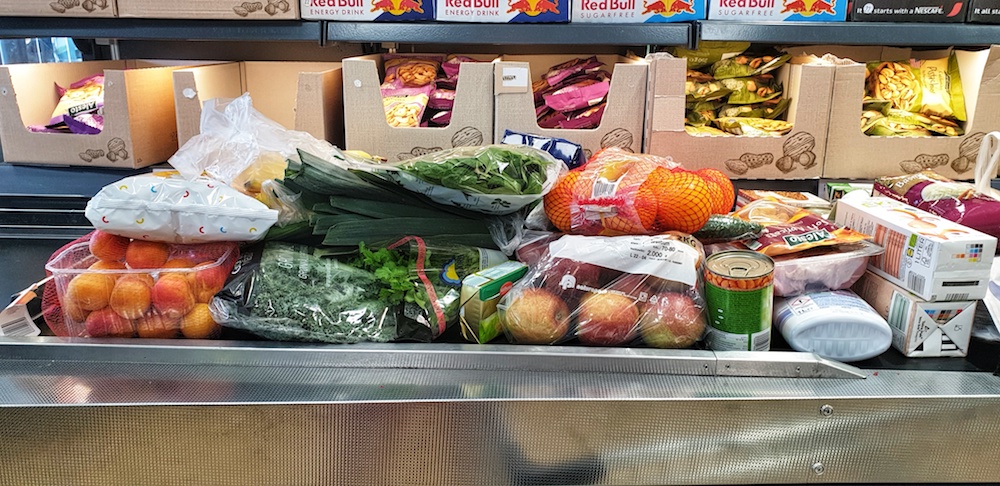
4. Diesel and LPG
Sweden’s petrol stations are profuse. They are mostly self-serving and payable at the pump. Most often you will also find water that you can fill up your tanks with too. Some petrol stations have Latrines for emptying your black waste.
Bizarrely, we found the prices of diesel more expensive in the south and as we headed east towards Stockolm, it was cheaper. In June 2019 prices ranged from 16.30SEK around Mälmo to 15.39SEK in Sundsvall.
For LPG, these are not attached to garages and are most often found in Industrial estates, set up as separate businesses. In the south there are generally plenty of places to fill up, although in the north there are few to none. The furthest north you will find a station is in Piteå on the Baltic Coast. There is nothing up the central spine or in Lapland. So plan carefully especially if you are visiting in autumn and winter when the weather gets colder. Check the LPG.eu website for more information on up-to-date locations.
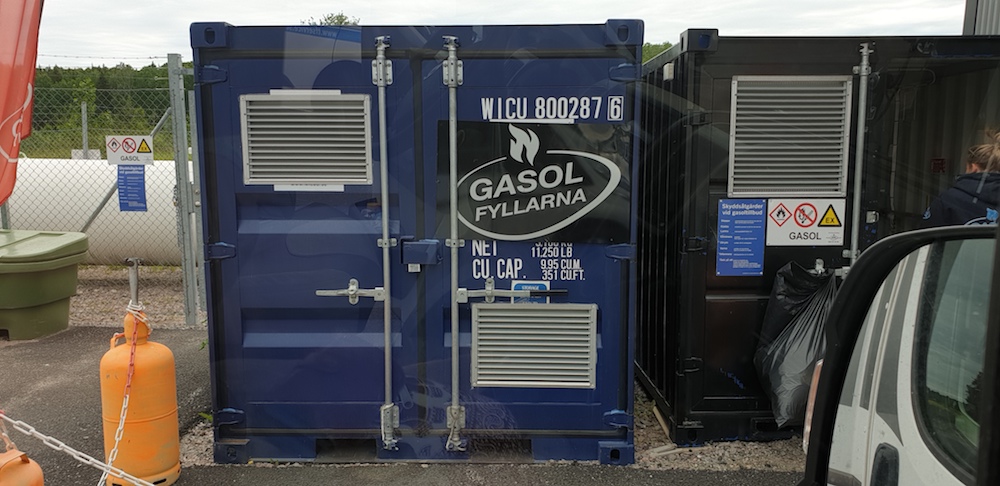
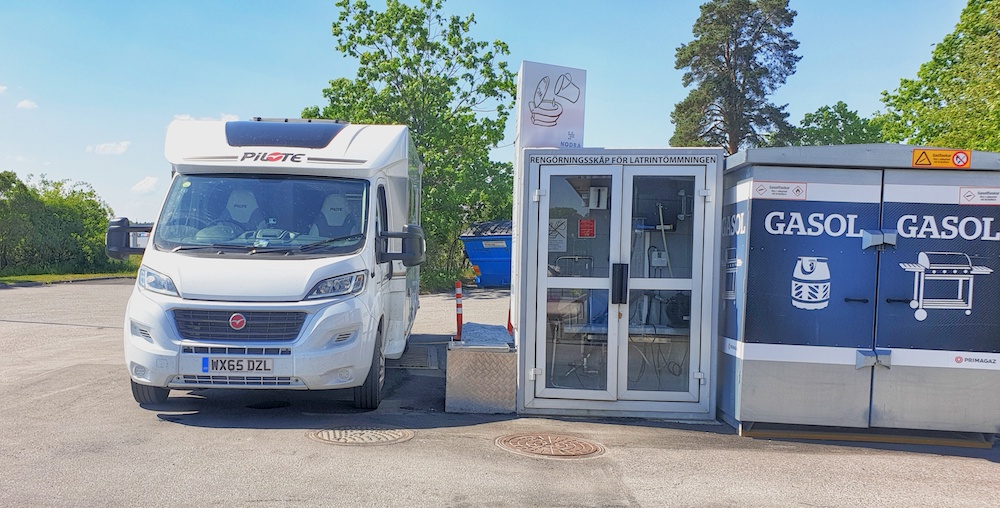
5. Eating and Drinking
Whilst we didn’t eat out much in Sweden, partly because of the prices, we did have a couple of outings. One thing you must do whilst here is to indulge in a Fika. It’s coffee and a little something to eat. Consumed at any time of the day, this is a very cultural Swedish experience and won’t break the bank.
Experiencing a bit of Sami culture is essential to your Scandinavian adventure. And if you can try their food, you’ll not be disappointed. Their Coffee Cheese is interesting – stove boiled coffee with chunks of cheese lurking in the bottom of your cup – hum interesting!
Whilst your views on meat may lean you towards vegetarian, for meat lovers, Reindeer sausage is an interesting meat. Much like venison, it is a very dark meat and we had a lovely Sami dish with slices of sausage on their delicious flatbreads with a horseradish and creme fraiche dressing.
If you decide on a city visit to Gothenburg or Stockholm and decide on eating out – just be aware of prices. Much like any other city around the world, food prices can double. We had a much needed cider and beer in Stockholm, for the princely sum of £14. Whilst that might be standard for London lovers, for us, that was steep.
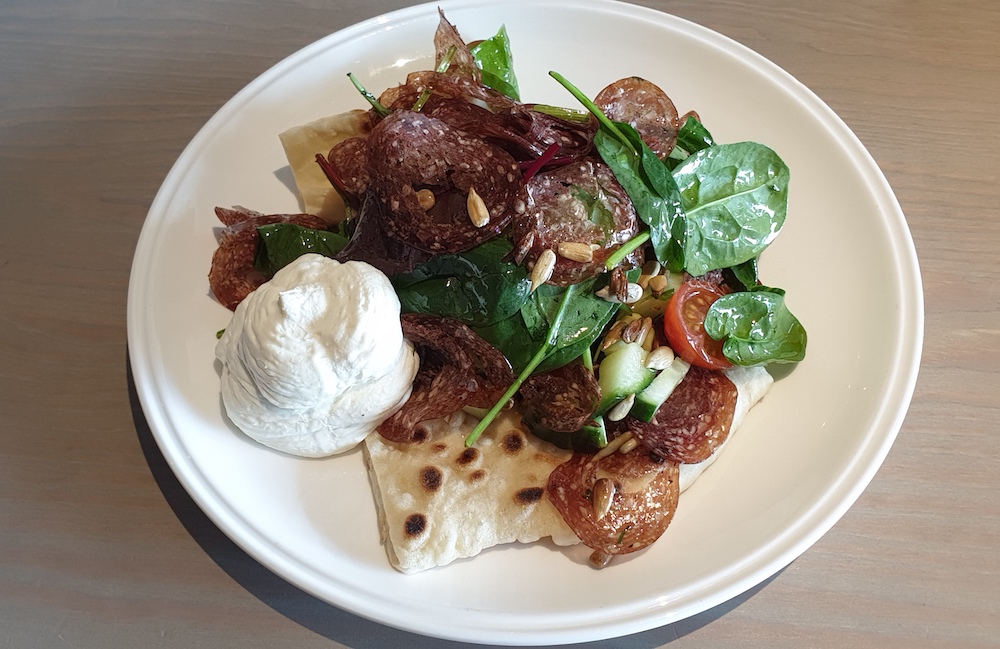
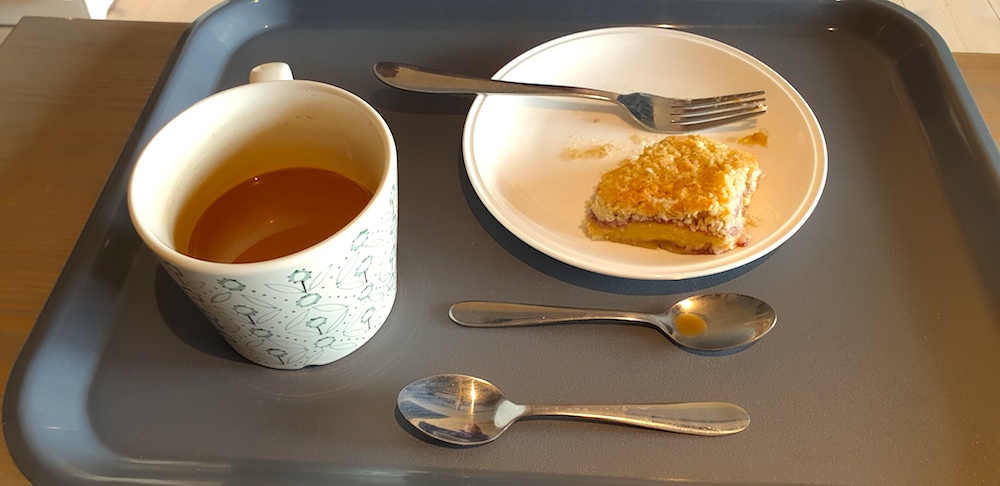
6. Conversing
Swedes are excellent linguists and English is just one of their many tongues. Although we have always found that being able to converse in a country’s local language is so important and respectful. Here are some key phrases that we used to help us blend in, just a little.
- Hej, hej – hello
- Hej då (pronounced do) – bye
- Tack – thank you and please
- Kan jag på (pronounced po) – can I have?
- Är det möjligt – is it possible?
- Pratar du engelska – do you speak English?
- Ja och nej – yes and no
- Kan jag betala – can I pay?
- Kan jag stanna – can I stay?
- En natt tack – one night please
7. DIY and campervan crisis
We can never guarantee a hiccup-free road-trip to any country and whilst we can have the best stocked tool-kit in the world, it rarely covers every eventuality. So if like us, you experience issues that need a bit of DIY fixing until you get home, then Biltema is the place to head for. Biltema is an incredible one-stop-shop that sells almost everything for bicycles, all types of vehicles, boats, gardens, electrics and plumbing. We used them on a couple of occasions and they are a priceless resource. Also they have Dollar Stores, which are a bit like the Chinese stores you find across Europe.
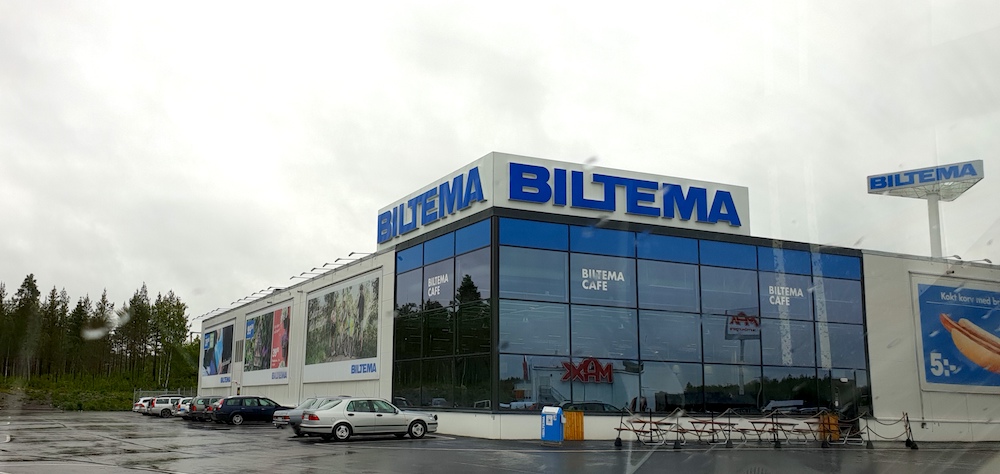
8. All things Camping
Camping in Sweden is effortless whether you like wild camping or the security of an Aire or campsite. Whilst we only used two campsites during our 34 day stay, there are plenty available. Check out this site for more campsite information. The two sites we used were for a city visit and get washing done. The typical routine is that you book a 3 hour slot and you can do as many washes and tumble dries as you like during this period. Some charge for this service and others it is free.
If you enjoy the in-between version of an Aire – Sweden call them Campingplats, then there are lots of these too – especially in the south and around the Göta Canal. They all have full facilities and idyllic locations. Be aware though that many of them are payable by Swish, which is a Sweden specific mobile payment system. Generally for us foreigners, there is a warden who will come around to collect your money. This is the one time that having cash will be important.
We are wild camping lovers and Sweden is bar far the best country we have visited that offers effortless overnight parking. And after the joys of Greece, that really is saying something. Whether it is parking up on a sandy beach (yes, right on the sand is permitted and safe), alongside rivers and lakes ideal for swimming or beside authentic fishing villages in the middle of no-where. Sweden offers it all. Just be mindful that in the summer mosquitos come out to play and with so much water it can be a bother. We had one particularly bad night, although otherwise it wasn’t as bad as we expected.
In terms of emptying and filling, this is simple too. With free services for motorhomes dotted everywhere, dry toilets that allow you to eek out your own facilities, and garages where you can also fill up with water, it really is so easy. We used Park4Night for a majority of our overnights, together with Google Earth to find our own quiet spots for the night. And all our entries have been added to SearchforSites. I have never felt so safe as in Sweden and we really did end up in some remote spots.
Sweden has a freedom to roam policy. So if you are coming with a tent or camper, then this is camping heaven. You are allowed, by law to camp, walk, pick berries and kayak in the wilderness. In fact you can stay anywhere as long as it is not in a private garden or close to residential dwellings.
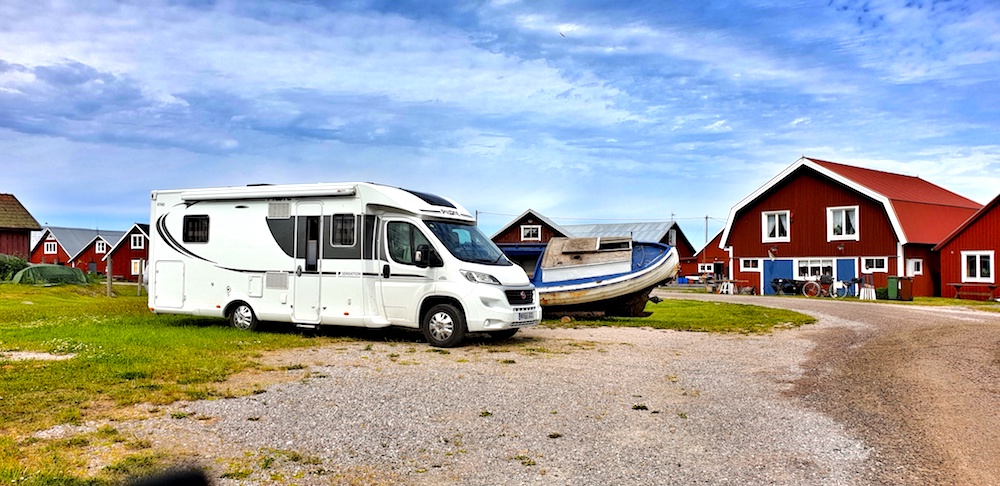
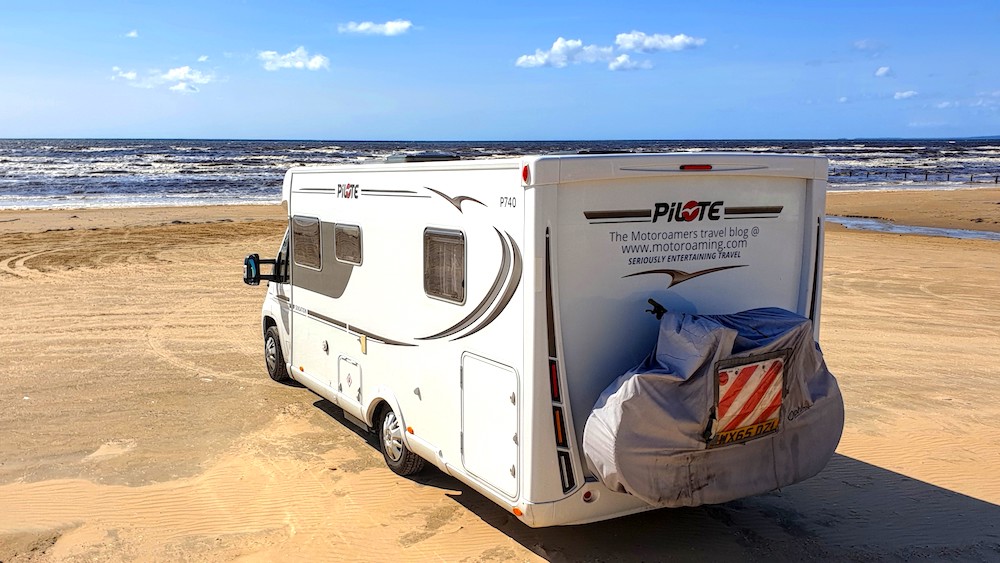
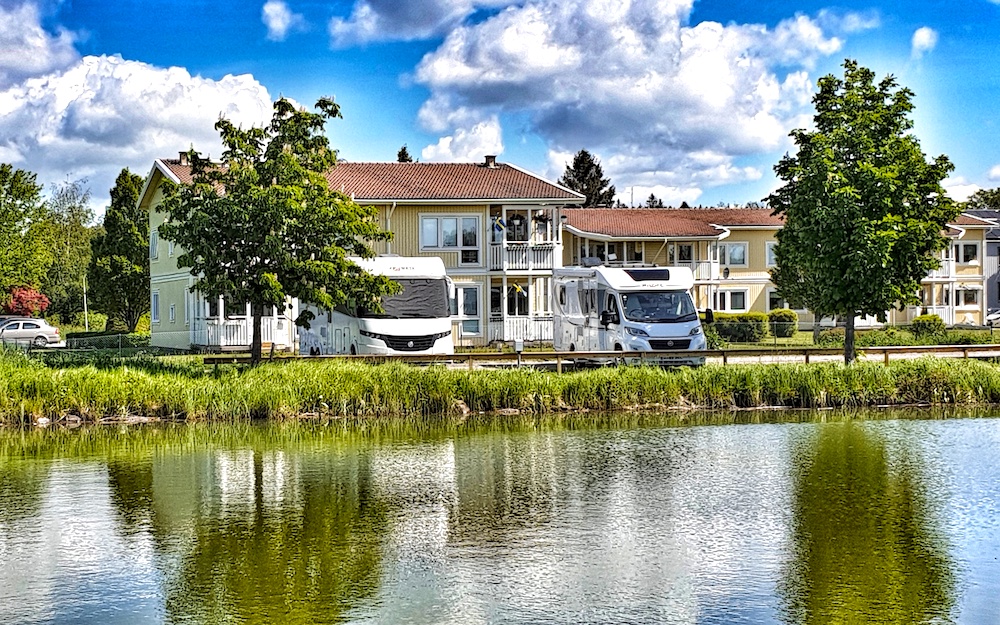
9. Coping with the Midnight Sun
This part of the world is blessed, during the summer months with 24hrs sunlight for a couple of months. From mid-May to mid-July you will begin to experience seriously long days. Even in the south of Sweden, light evenings at midnight are common around 21 June. Although as you head towards Arjeplog in Lapland you are in for a midnight treat. This is the furthest south you can experience the Midnight Sun. Thanks to the tilt of the earth, this solar ball never sinks below the horizon, it just tickles it and continues on its way into the next day.
Coming from UK, not having dark nights is a strange experience. There’s something about how our bodies are conditioned to feel tired when the light fades and awakens again with the dawn. This far north those definitions don’t exist – at this time of year at least. So birds sing all night, insects go about their business undisturbed and time for sleep never seems to arrive. It really is an adjustment. Although adjust you will.
We love sleeping with blinds open, although to trick the mind, either get black-out curtains or close your shutters so you can block out the sunshine. You will wake up in the middle of the night and feel disorientated as your mind tries to work out the time. If you really struggle, take eye masks so you can sleep. Although it is worth adding that after a couple of weeks, your body will soon adjust and your internal body clock will naturally want to sleep.
There are so many upsides to these super long days; it inspires immense creativity, aliveness and time to travel for as long as you want. You can start out on the road early and still have plenty of time to explore your destination. We have felt so energised by this 24hr light and it really feels so exciting even 6 weeks on. And one of the best bits for us wild campers; we can go to bed with our batteries at 12.4 and wake up to fully charged fellas because of the constant solar. It makes living and travelling here so easy.
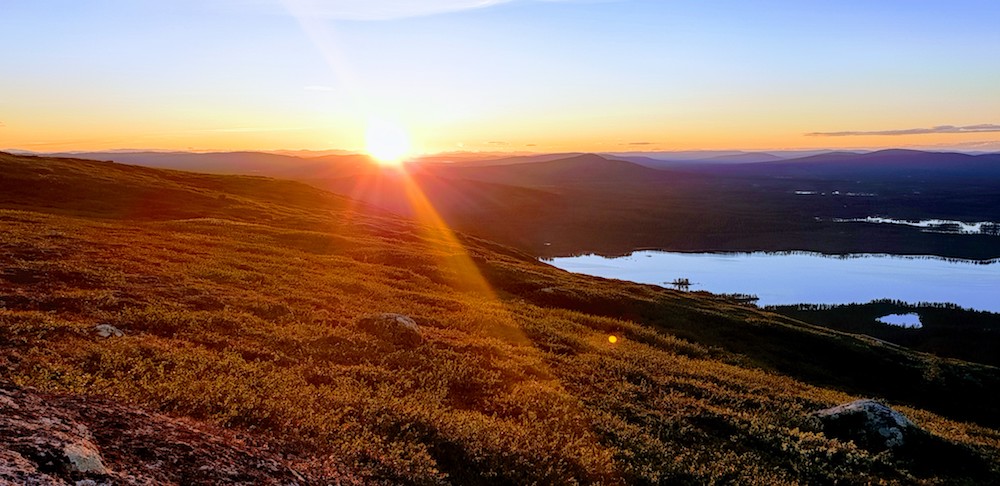
10. Preparing for the weather
We’d love to be precise about the weather in these parts, although given our experiences of snow in Spain, earthquakes in Italy and flash floods in France, I’m not sure we are best placed for predictions. Scandinavia generally in summer has some gorgeous weather, reaching the heady heights of mid-twenties. Although depending on what is happening in Southern Europe, Scandinavia can have reverse fortunes. On 29th June we were sat in a snow-storm in Abisko.
As the days become shorter and the summer submits to the force of autumn, the weather will start to change. Snows can come as early as October in the far north, so make sure you have de-icer or screen wash in your reservoir and snow socks as a precaution.
One thing is sure, we came to this area knowing that we would not be encountering a heat-wave. OK so 2018 was perhaps an exception! It’s important though to not be ruled by the sun or heat because we are a long way north. We found that there was a definite weather pattern. We would have three or four really lovely warm days followed by two cold, wet and grey ones. Tune your heads into cooler weather than you might expect if you head south to Spain. Pack layers, waterproofs and solid walking boots. Shorts can have their place in your packing cubes, although manage your expectations and you will enjoy the area so much more. Much like anywhere, the weather is, what the weather is.
A road-trip to Sweden has never been more accessible. With a warm welcome, a diverse and beautiful landscape and 1000 miles north to south, there are endless options for your adventures. Coastline, mountains, forest, castles, canals and lakes – every interest and outdoor pursuit can be satiated in this enthralling country. Start planning for your trip now and experience the magnificence that Sweden has to offer. For more on the route we took, our highlights and overnight stopovers, check out our comprehensive blog here.


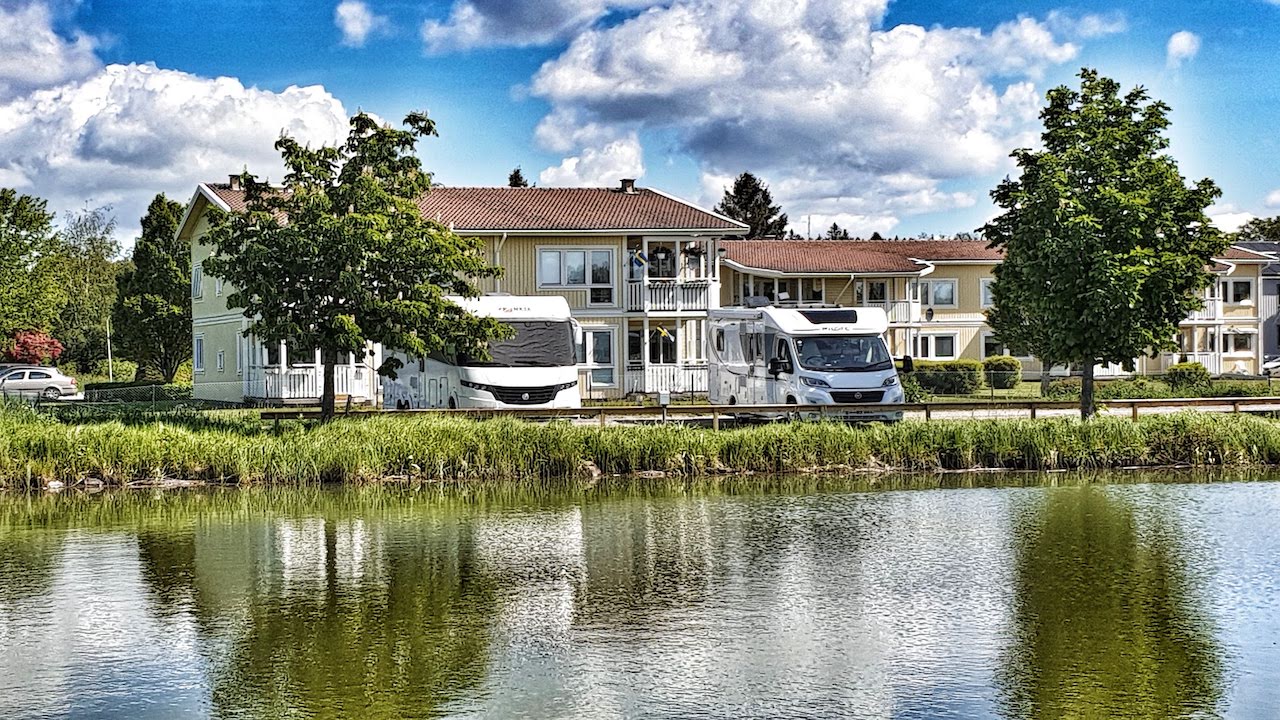



Swedish:
Kan jag få? – Can i have?
På meens On 😉
Love your courage and storys!